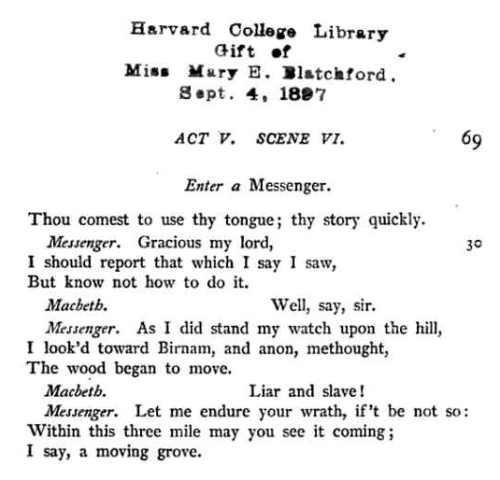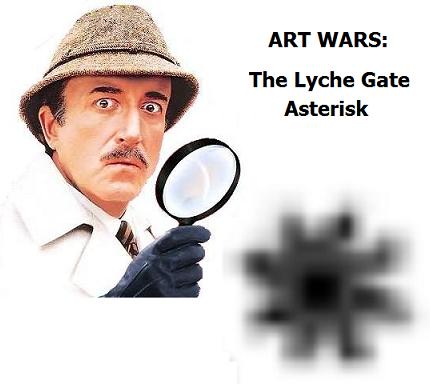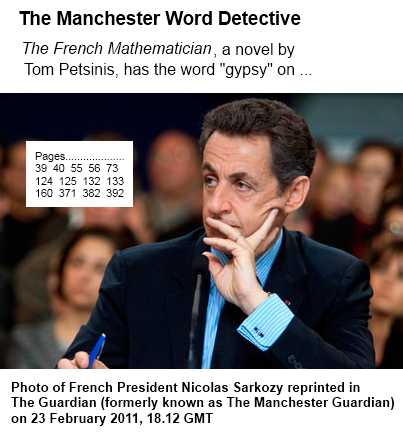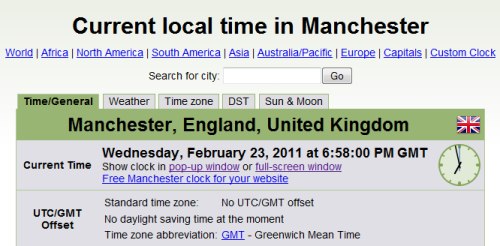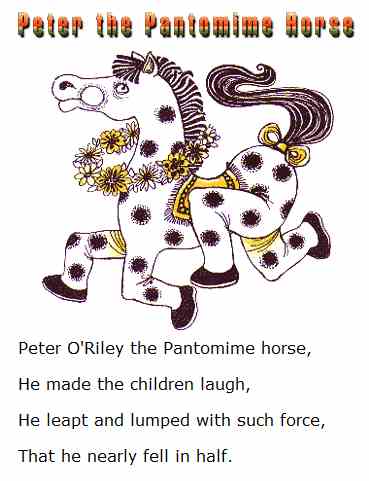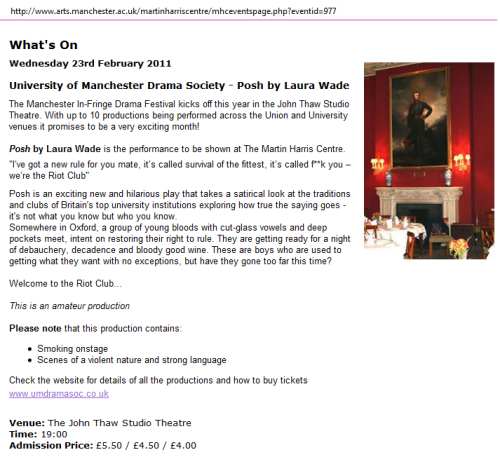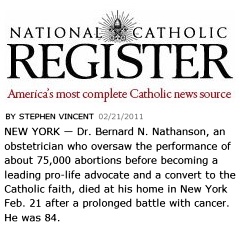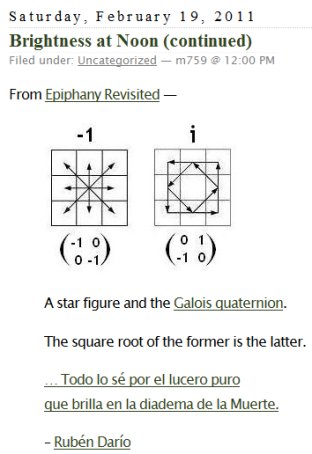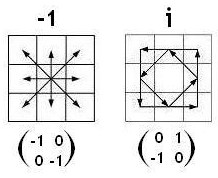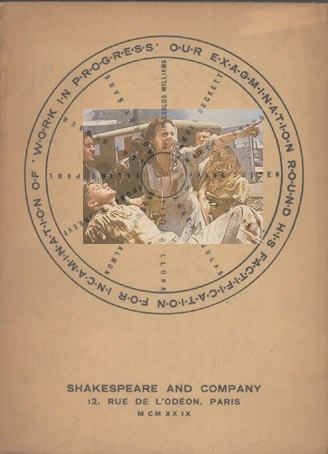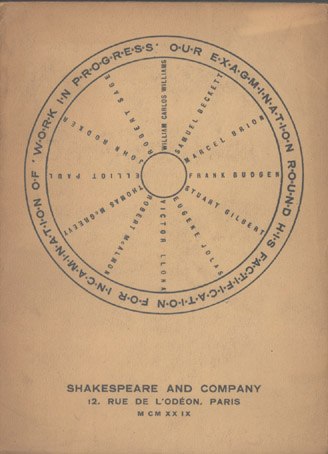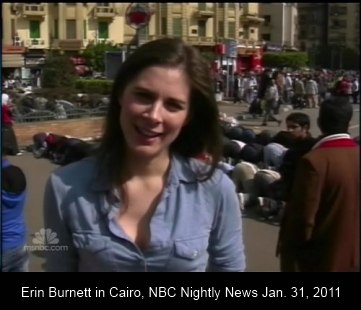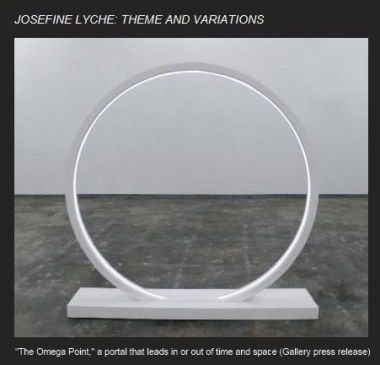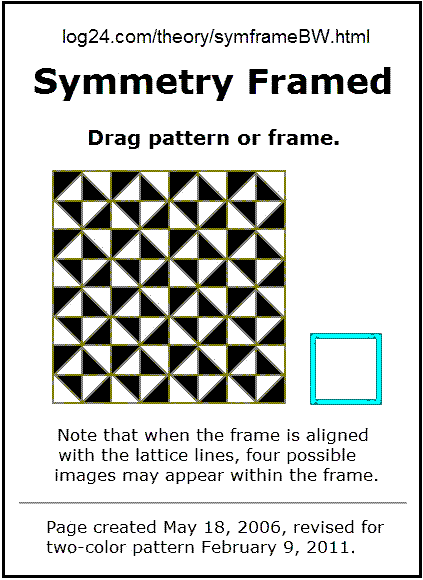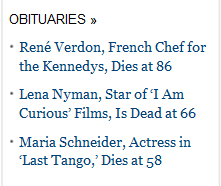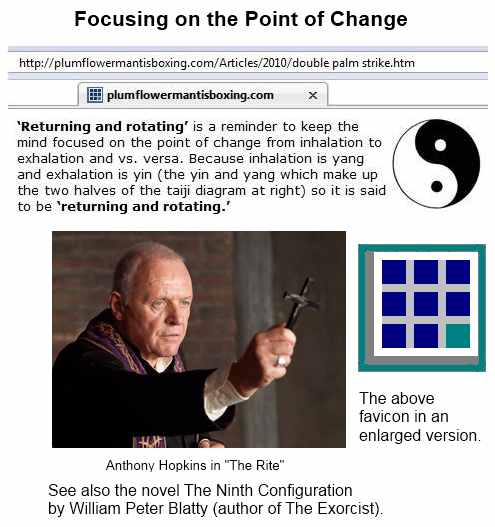From Das Glasperlenspiel (Hermann Hesse, 1943) —
“Bastian Perrot… constructed a frame, modeled on a child’s abacus, a frame with several dozen wires on which could be strung glass beads of various sizes, shapes, and colors. The wires corresponded to the lines of the musical staff, the beads to the time values of the notes, and so on. In this way he could represent with beads musical quotations or invented themes, could alter, transpose, and develop them, change them and set them in counterpoint to one another. In technical terms this was a mere plaything, but the pupils liked it.… …what later evolved out of that students’ sport and Perrot’s bead-strung wires bears to this day the name by which it became popularly known, the Glass Bead Game.”
From “Mimsy Were the Borogoves” (Lewis Padgett, 1943)—
…”Paradine looked up. He frowned, staring. What in—
…”Is that an abacus?” he asked. “Let’s see it, please.”
…Somewhat unwillingly Scott brought the gadget across to his father’s chair. Paradine blinked. The “abacus,” unfolded, was more than a foot square, composed of thin, rigid wires that interlocked here and there. On the wires the colored beads were strung. They could be slid back and forth, and from one support to another, even at the points of jointure. But— a pierced bead couldn’t cross interlocking wires—
…So, apparently, they weren’t pierced. Paradine looked closer. Each small sphere had a deep groove running around it, so that it could be revolved and slid along the wire at the same time. Paradine tried to pull one free. It clung as though magnetically. Iron? It looked more like plastic.
…The framework itself— Paradine wasn’t a mathematician. But the angles formed by the wires were vaguely shocking, in their ridiculous lack of Euclidean logic. They were a maze. Perhaps that’s what the gadget was— a puzzle.
…”Where’d you get this?”
…”Uncle Harry gave it to me,” Scott said on the spur of the moment. “Last Sunday, when he came over.” Uncle Harry was out of town, a circumstance Scott well knew. At the age of seven, a boy soon learns that the vagaries of adults follow a certain definite pattern, and that they are fussy about the donors of gifts. Moreover, Uncle Harry would not return for several weeks; the expiration of that period was unimaginable to Scott, or, at least, the fact that his lie would ultimately be discovered meant less to him than the advantages of being allowed to keep the toy.
…Paradine found himself growing slightly confused as he attempted to manipulate the beads. The angles were vaguely illogical. It was like a puzzle. This red bead, if slid along this wire to that junction, should reach there— but it didn’t. A maze, odd, but no doubt instructive. Paradine had a well-founded feeling that he’d have no patience with the thing himself.
…Scott did, however, retiring to a corner and sliding beads around with much fumbling and grunting. The beads did sting, when Scott chose the wrong ones or tried to slide them in the wrong direction. At last he crowed exultantly.
…”I did it, dad!”
…””Eh? What? Let’s see.” The device looked exactly the same to Paradine, but Scott pointed and beamed.
…”I made it disappear.”
…”It’s still there.”
…”That blue bead. It’s gone now.”
…Paradine didn’t believe that, so he merely snorted. Scott puzzled over the framework again. He experimented. This time there were no shocks, even slight. The abacus had showed him the correct method. Now it was up to him to do it on his own. The bizarre angles of the wires seemed a little less confusing now, somehow.
…It was a most instructive toy—
…It worked, Scott thought, rather like the crystal cube.
* Title thanks to Saturday Night Live (Dec. 4-5, 2010).

